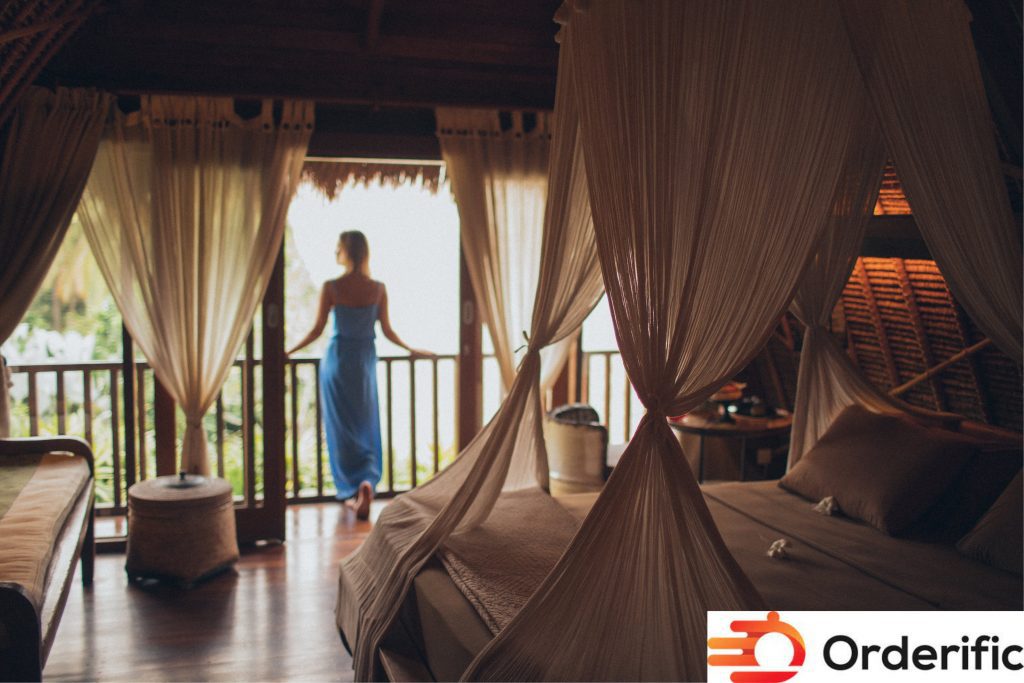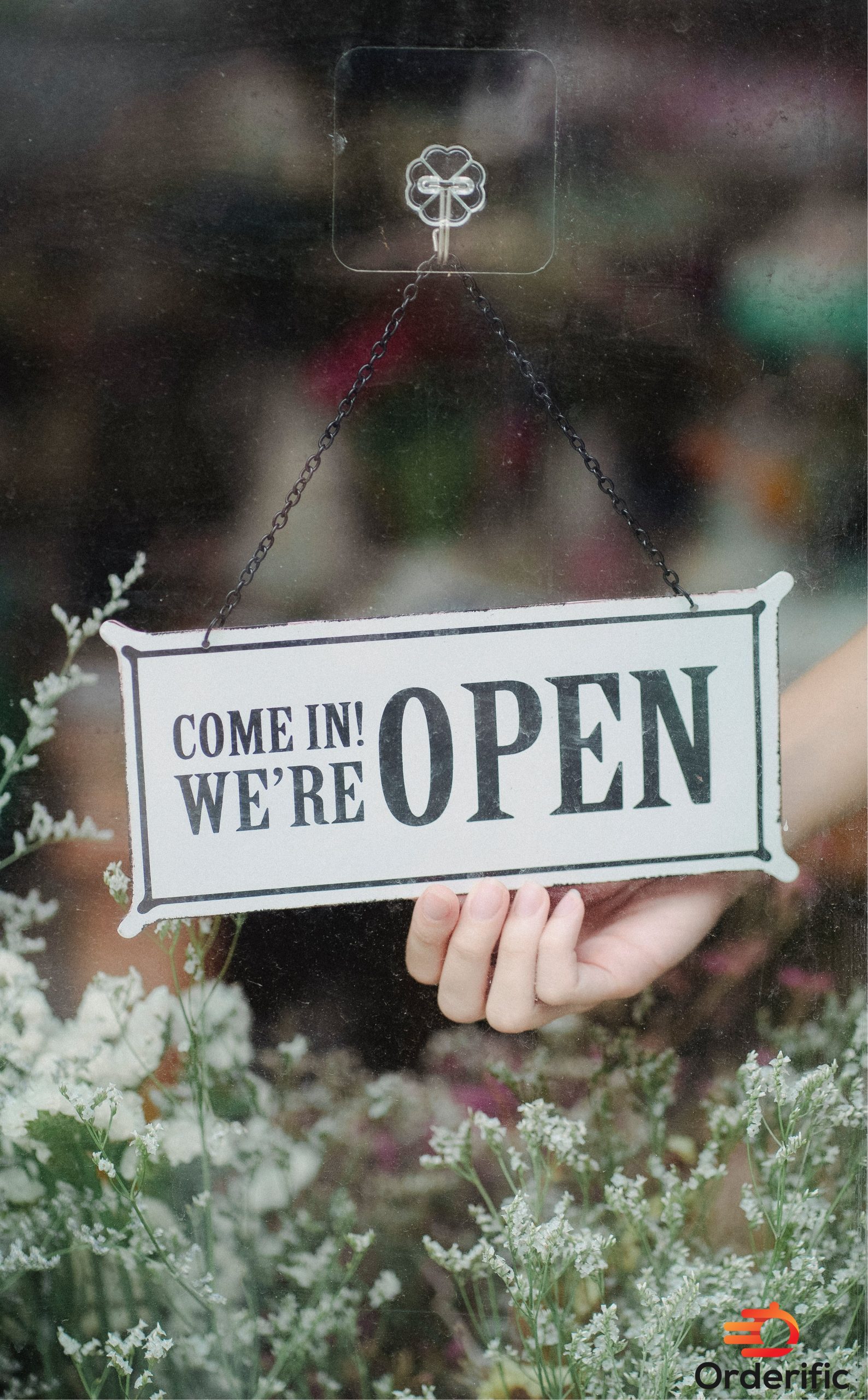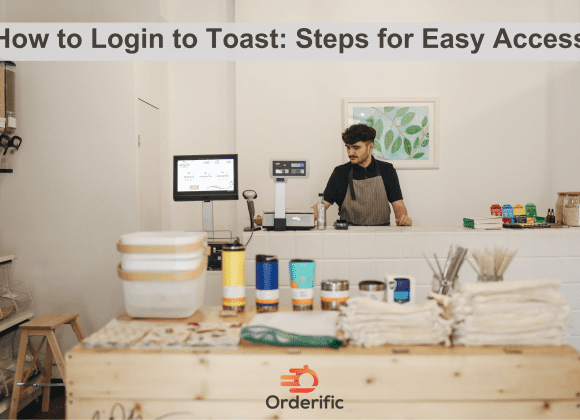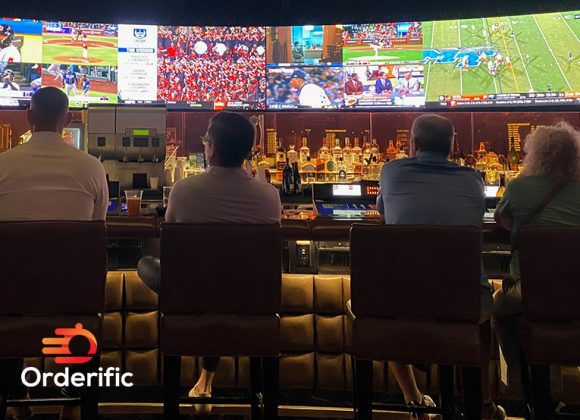Introduction
Room pricing analytics has emerged as a critical strategy for success, In today’s competitive hotel industry. At the heart of this approach lies the complex yet crucial task of optimizing room pricing. With dynamic pricing models, hoteliers can adjust room rates based on demand, competitor pricing, and market conditions, maximizing hotel revenue.
The use of advanced analytics in determining the room pricing strategy can supercharge a hotel’s revenue management system. Hoteliers can strategically price their available room inventory by harnessing data and insights on guests’ preferences, market trends, and competitor rates. This strategy enhances the occupancy rate and ensures that every occupied room contributes optimally to the overall hotel revenue.
At the same time, an effective pricing strategy must also consider the value offered to the guests. A high price tag can deter potential guests, while too low a rate can devalue the hotel room and limit revenue. Balancing these factors is where advanced analytics and pricing intelligence tools come into play, enabling hotel revenue managers to establish optimal pricing that benefits the hotel business and its guests.
What Is Hotel Pricing?

The hotel industry relies on effective pricing strategies to maximize revenue and maintain competitiveness. Dynamic pricing, revenue management, and strategic room pricing are key components of this approach.
Dynamic pricing involves adjusting room rates based on demand fluctuations, optimizing revenue from each occupied room. Revenue management systems utilize advanced analytics to gain insight into guest behavior, competitor pricing, and market conditions. This data empowers hoteliers to make informed decisions about hotel room pricing, ensuring a balance between competitiveness and perceived value.
To achieve this balance, hoteliers must consider various factors. Setting a room rate too high can deter potential guests, while a rate too low may result in revenue loss and devalue the hotel room. Utilizing pricing intelligence tools and understanding the market segment and demand trends aid in defining optimal pricing strategies.
In the competitive hotel industry, success lies in harnessing the power of advanced analytics and strategic room pricing. Revenue managers play a vital role in implementing effective pricing strategies to drive consistent revenue growth. By optimizing room rates, occupancy rates can be maintained while maximizing hotel revenue.
The hotel pricing strategy encompasses various elements, including room rates, revenue management systems, and market conditions. By focusing on these aspects and utilizing available pricing tools, hoteliers can achieve revenue growth and ensure the sustainability of their businesses in the ever-evolving hospitality industry.
Establishing A Hotel Pricing Strategy
A well-developed hotel pricing strategy is paramount to optimizing revenue in the hotel industry. The foundation of this strategy is dynamic pricing – adjusting the room rate in response to fluctuating demand levels. By implementing dynamic pricing, hoteliers can maximize revenue for each occupied room while maintaining a competitive price tag that attracts guests.
Advanced analytics play a critical role in this process, providing a deep understanding of market conditions, competitor pricing, and guest preferences. With these insights, revenue managers can craft a room pricing strategy that accurately reflects the value of their hotel room in the market. By leveraging pricing intelligence tools, hoteliers can set optimal prices that strike a balance between maximizing hotel revenue and providing value to guests.
Room pricing is more than just setting a rate. It’s about understanding the market segment and adapting to shifting market trends. Psychological pricing strategies may be employed to attract different prices sensitive segments, ensuring that the available room inventory is optimized for maximum occupancy rate.
The revenue management system helps in this regard, facilitating the analysis of various elements such as the rack rate and best available rate. By using these tools, the hotel business can ensure they not only remain competitive but also profitable, thereby securing their position in the hospitality industry.
In conclusion, the success of a hotel’s revenue management lies in its ability to use analytics and pricing tools to establish an effective pricing strategy. This involves a keen understanding of demand, careful consideration of hotel room pricing, and strategic utilization of pricing strategies. By doing so, hoteliers can ensure that every room contributes optimally to hotel revenue, leading to a sustainable and profitable business.
Hotel Pricing Strategy Examples
Cost-Based Pricing
Cost-based pricing is a fundamental strategy in the hotel industry, where room rates are determined based on the cost of providing the services plus a profit margin. It involves evaluating the total operational costs, including staff wages, maintenance costs, utilities, and other overheads, then adding a percentage for profit. This ensures that the price covers all expenses and contributes to the hotel’s overall revenue. Advanced analytics can assist in accurately determining these costs and setting a price that is both competitive and ensures a return on investment. It’s vital to remember that while this strategy ensures profitability, it must be balanced with the perceived value to the guest. Too high a price might lead to lower occupancy rates, and too low a price may not maximize potential revenue.
Customer-Based Pricing
Customer-based pricing is a strategy that bases the room rates on the perceived value of the guest. This technique leverages advanced analytics to better understand the guests’ preferences and willingness to pay. It involves segmenting customers based on their booking behavior, price sensitivity, and other factors. A hotel might offer a luxurious suite at a premium price for guests seeking high-end experiences, while a budget traveler might find value in a basic room at a lower rate. In this way, customer-based pricing allows the hotel to cater to diverse customer segments, maximizing occupancy and revenue. The challenge lies in accurately predicting the perceived value and setting a price that matches this while still ensuring profitability for the hotel.
Competitor-Based Pricing
Competitor-based pricing is another key strategy in the hotel industry where room rates are set based on competitor pricing. Advanced analytics can aid hoteliers in real-time monitoring of competitor rates, offering valuable insights to make informed pricing decisions. The goal is not to continually undercut competition, potentially devaluing the hotel’s offerings, but to maintain a competitive and attractive price for guests. This strategy is used in concert with other pricing strategies to ensure the room rate is not only competitive but also maximizes hotel revenue and provides value to guests.
Big Data And Predictive Analytics Boost The Bottomline
Big data and predictive analytics have revolutionized the hotel industry, enabling hoteliers to craft effective pricing strategies that boost revenue. The heart of this transformation lies in the power of dynamic pricing – the ability to adjust room rates in real time based on demand. Harnessing big data provides insights into market trends, guest preferences, and competitor pricing, equipping revenue managers with the information they need to set optimal room pricing.
Consider the scenario of a hotel room that usually sees high occupancy rate. By analyzing demand patterns, the hotel can implement a dynamic pricing strategy, raising the room rate during peak demand periods to maximize revenue. Predictive analytics can anticipate these periods of high demand, allowing for timely adjustments in room pricing.
Advanced analytics also facilitates a deep understanding of market segments. This empowers hoteliers to tailor room pricing strategies to different price sensitivities, from budget-conscious travellers to luxury seekers. For example, a revenue management system might identify a trend of business travellers willing to pay a higher rate for last-minute bookings. Using this insight, a hotelier could adjust the room pricing in real time to capture this additional revenue.
Competitor pricing is another crucial factor to consider in developing a dynamic pricing strategy. Pricing intelligence tools enable real-time tracking of competitor rates, allowing hoteliers to respond swiftly to changes in the market. Offering a competitive price tag without devaluing the room is critical in the competitive hotel industry.
In this era of big data, room pricing is no longer a static decision but a dynamic process that adjusts to market conditions. By leveraging advanced analytics and predictive tools, hoteliers can identify opportunities to optimize room rates and maximize revenue, ensuring the sustainability and profitability of their hotel business in the ever-evolving hospitality industry.
Preparing For Analysis
Before diving into the world of analytics for price optimization, it’s crucial to have a foundational understanding of key concepts and strategies. At the core of revenue management in the hotel industry is the room rate – the price that guests pay for the use of a hotel room.
Dynamic pricing involves adjusting room rates in response to changes in demand, competitor pricing, and other market conditions. It is a pillar of an effective pricing strategy, which aims to maximize hotel revenue. Defining an optimal pricing for every available room helps strike a balance between attracting guests and ensuring profitability.
Revenue management systems, powered by advanced analytics, play a crucial role in implementing dynamic pricing. They provide insights into market trends, guest behaviors, and competitor rates, enabling hoteliers to make informed decisions about hotel room pricing. But it’s not all about the numbers – the perceived value that the price tag offers to guests also matters. Too high a rate can deter guests, while too low a rate can limit the hotel’s revenue.
In addition to dynamic pricing, there are other pricing strategies that hoteliers can use. For example, penetration pricing involves setting a lower rate to gain market share. Understanding different prices sensitive segments, such as budget-conscious travelers and luxury seekers, can also help in crafting a room pricing strategy that maximizes occupancy rate and revenue.
Conclusion
In the fast-paced and highly competitive hotel industry, leveraging advanced analytics for pricing optimization is no longer an option but a necessity. It provides hoteliers with the power to craft dynamic and effective pricing strategies that align with market demand, competitor pricing, and guest preferences. The adoption of these strategies, along with a keen understanding of different market segments, enables hotels to maximize room occupancy rates, ensure profitability, and maintain a competitive edge. By leveraging the insights provided by data analytics, hoteliers can confidently navigate the complex landscape of hotel pricing, ensuring each room’s optimal contribution to overall hotel revenue.
In conclusion, the key to thriving in the evolving hospitality industry lies in the strategic utilization of pricing tools and advanced analytics to maximize hotel revenue. Now, are you ready to take your hotel revenue to the next level? Orderific is here to help. Book a demo with us today and let our experts show you how our advanced analytics can supercharge your hotel’s room pricing strategy.
FAQs
How do hotels determine room rates?
Hotels determine room rates based on factors like operational costs, guest preferences, and competitor pricing.
What are three factors that can determine the price of a room?
The three factors that can determine the price of a room are operational costs, guest preferences, and market competition.
What are 3 factors that are best used to determine the price of a hotel room?
The three best factors are market demand, guest preferences, and competitor pricing.
What is room rate pricing?
Room rate pricing is the process of setting the price for hotel rooms based on factors like demand, costs, and competition.













